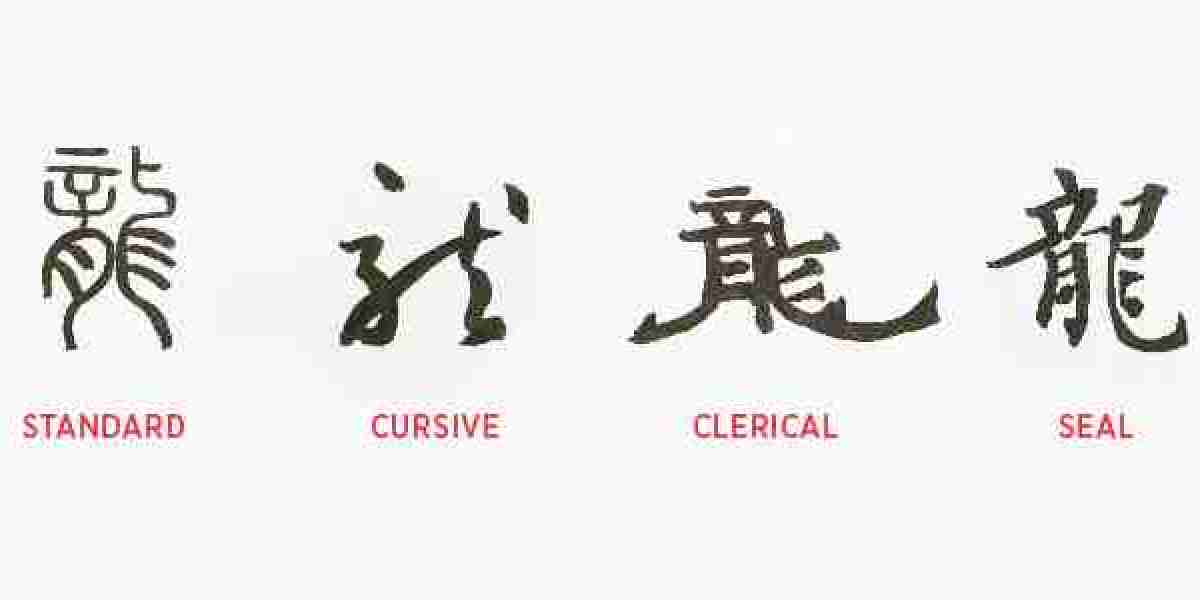Chinese calligraphy is an art form that extends far beyond simple writing; it’s a delicate intersection of language, history, and philosophy, revered as one of the highest expressions of culture in China. When we talk about the Chinese calligraphy definition, we’re not just referring to the act of inscribing characters on paper or silk; we’re delving into a centuries-old tradition that embodies the spirit of Chinese civilization, its philosophy, and its aesthetic values.
The Definition of Chinese Calligraphy
Chinese calligraphy is defined as the artistic practice of writing Chinese characters with brush and ink. While the act of writing itself may seem ordinary to some, Chinese calligraphy transcends mere communication, transforming each stroke into a symbol of beauty, thought, and cultural essence. It combines aesthetics and intellectual expression, and it has been a central aspect of Chinese cultural identity for over two thousand years.
Chinese calligraphy, often regarded as a philosophical act, is not only about the legibility of characters; it’s about the flow, balance, and rhythm of the brushstrokes. In essence, calligraphy reflects the inner world of the artist—emotions, thoughts, and even the artist's state of being are conveyed through the strokes. The meaning of the characters is secondary to the fluidity and elegance of the strokes that create them. This art form has had such a profound influence on Chinese society that it has influenced many other areas, including painting, poetry, and sculpture.
The Brush: A Symbol of the Artist’s Expression
To truly understand the Chinese calligraphy definition, one must look at the tools used: the brush. The brush in Chinese calligraphy is not just a writing instrument; it is a tool of profound artistic expression. The bristles, made from the hair of animals such as wolf, goat, or rabbit, are designed to hold ink in a way that produces strokes of varying thickness and intensity, depending on the pressure applied and the speed of the hand’s movement. This is where skill, practice, and artistic flair come into play.
The Chinese brush also carries with it a symbolic weight. Historically, the brush was associated with intellectualism and wisdom, often used by scholars and poets to express their deepest thoughts and feelings. As the brush moves across the paper, it not only creates legible words but also conveys the spirit and energy of the artist.
Evolution and Cultural Significance
Historically, Chinese calligraphy has evolved from the early inscriptions found on bones and shells (oracle bone script) to the more refined and standardized characters seen in modern times. The art of calligraphy became formalized during the Han Dynasty (206 BCE – 220 CE), and it was during this period that the brush became the primary tool for writing. Calligraphy flourished during the Tang Dynasty (618–907 CE), a period often regarded as the golden age of Chinese culture, where calligraphers like Wang Xizhi became revered as cultural icons.
What makes Chinese calligraphy so revered is its strong connection to Chinese culture, which places a deep value on art, philosophy, and learning. To understand Chinese calligraphy definition fully, one must understand its integral role in Chinese society. Throughout history, it has been more than just a writing system; it was considered the highest form of art. The calligraphy of Chinese scholars was respected not only for its aesthetic qualities but also as a reflection of one's education, moral character, and even social status.
A Spiritual Practice
Chinese calligraphy is not simply a mechanical activity; it is regarded as a form of meditation, connecting the writer’s body and mind. In fact, it is said that the way a person holds the brush, the pressure applied, and the speed of the strokes can reveal much about their state of mind. A practiced calligrapher will develop a personal style, where every stroke becomes an act of meditative expression. This is why the calligraphy practice is so revered—it is an intimate form of expression that allows the artist to share their spirit through the brush.
In a sense, Chinese calligraphy is deeply tied to Taoism and Confucianism. The act of writing embodies the Taoist idea of the unity between man and nature. It reflects a harmony between the natural world, the mind, and the spirit. In Confucianism, calligraphy is also viewed as an essential aspect of self-cultivation and character development. To master Chinese calligraphy is not only to learn the forms of writing but also to nurture one's inner qualities, fostering patience, humility, and discipline.
Different Styles of Chinese Calligraphy
One of the fascinating aspects of Chinese calligraphy is the variety of styles that have evolved over time. These styles can be categorized into several major types:
Seal Script (篆书, Zhuànshū) – One of the earliest forms of Chinese calligraphy, seal script was commonly used during the Qin Dynasty. It features more rounded and archaic forms of characters.
Clerical Script (隶书, Lìshū) – Developed during the Han Dynasty, this style is characterized by its bold and square shapes, making it easier to write quickly. It’s often used in official documents.
Regular Script (楷书, Kǎishū) – This is the most common style of Chinese calligraphy today and is the standard script taught in schools. It is highly legible and features distinct, clear strokes.
Running Script (行书, Xíngshū) – A more fluid and cursive style, running script allows for faster writing while maintaining legibility. It is a popular style used for personal correspondence.
Cursive Script (草书, Cǎoshū) – The most abstract and free-flowing form of calligraphy, cursive script is known for its expressive and fast brushstrokes, sometimes making it difficult to read.
Each of these styles carries its own unique beauty and rhythm, and mastering them requires years of practice and study. Many calligraphers will experiment with different styles throughout their careers, blending elements from each to create a more personal, distinctive expression.
The Role of Chinese Calligraphy in Modern Times
While the role of Chinese calligraphy has evolved, it continues to hold immense cultural and artistic value today. In the modern era, Chinese calligraphy is not only practiced by traditionalists but also embraced by contemporary artists who experiment with the medium in innovative ways. The skills of calligraphy are taught in schools, and professional calligraphers are still commissioned to create works for important cultural and governmental events.
Moreover, Chinese calligraphy is often featured in art exhibitions, and some of the world’s top auction houses hold sales for rare calligraphy works that fetch high prices. These works, which have been passed down through generations, represent the depth and continuity of Chinese culture and are considered timeless treasures.
Chinese Calligraphy and Its Influence on Other Art Forms
The influence of Chinese calligraphy can be seen in various forms of art, from painting to pottery to sculpture. Traditional Chinese ink paintings, for example, often integrate calligraphy into the artwork itself. In these works, the brushstrokes of the calligraphy contribute to the overall composition, and the text often complements the visual elements. Similarly, calligraphy can be found in Chinese porcelain, where characters are elegantly inscribed onto the surface of ceramics, adding both beauty and cultural meaning to the objects.
Final Thoughts
Chinese calligraphy is more than just a writing technique; it is a profound cultural tradition that embodies the intellectual, artistic, and philosophical values of China. From its ancient origins to its modern-day influence, Chinese calligraphy continues to be a symbol of the Chinese spirit. Understanding the Chinese calligraphy definition is not just about appreciating the beauty of the brushstrokes but also recognizing the deep connection between art, culture, and philosophy. Whether you're a beginner looking to learn more or an experienced artist wanting to refine your craft, the journey into the world of Chinese calligraphy is a rewarding and enriching experience.



